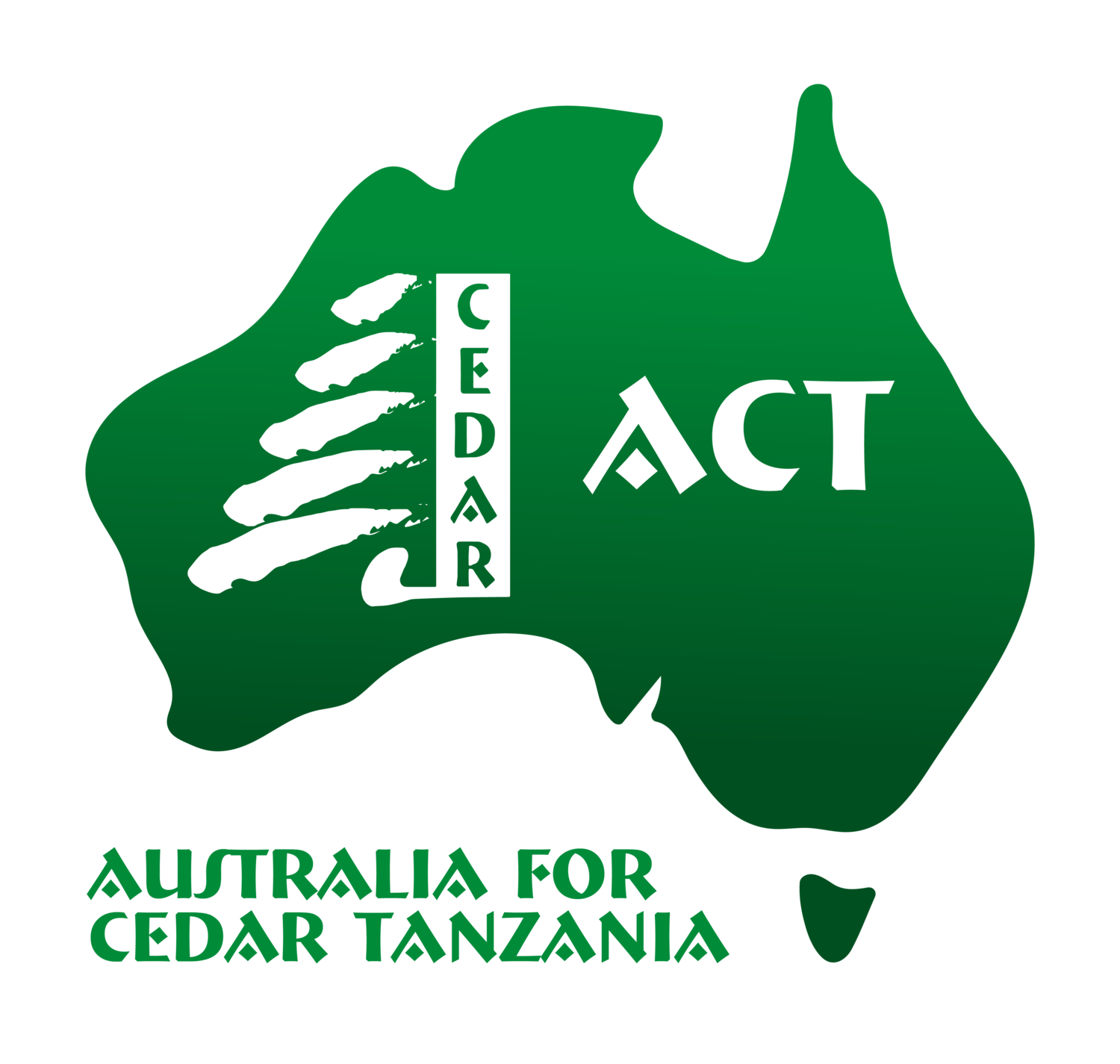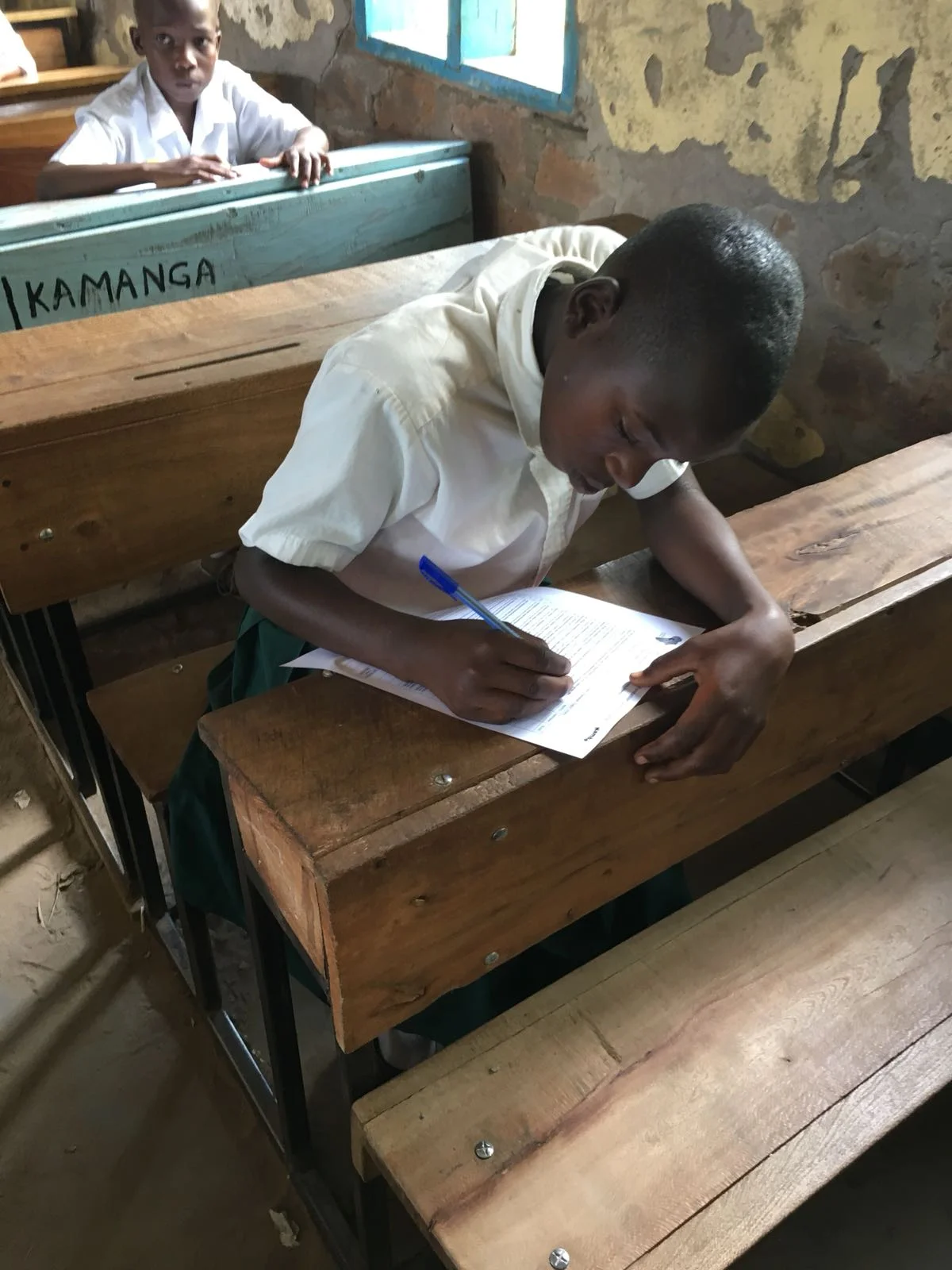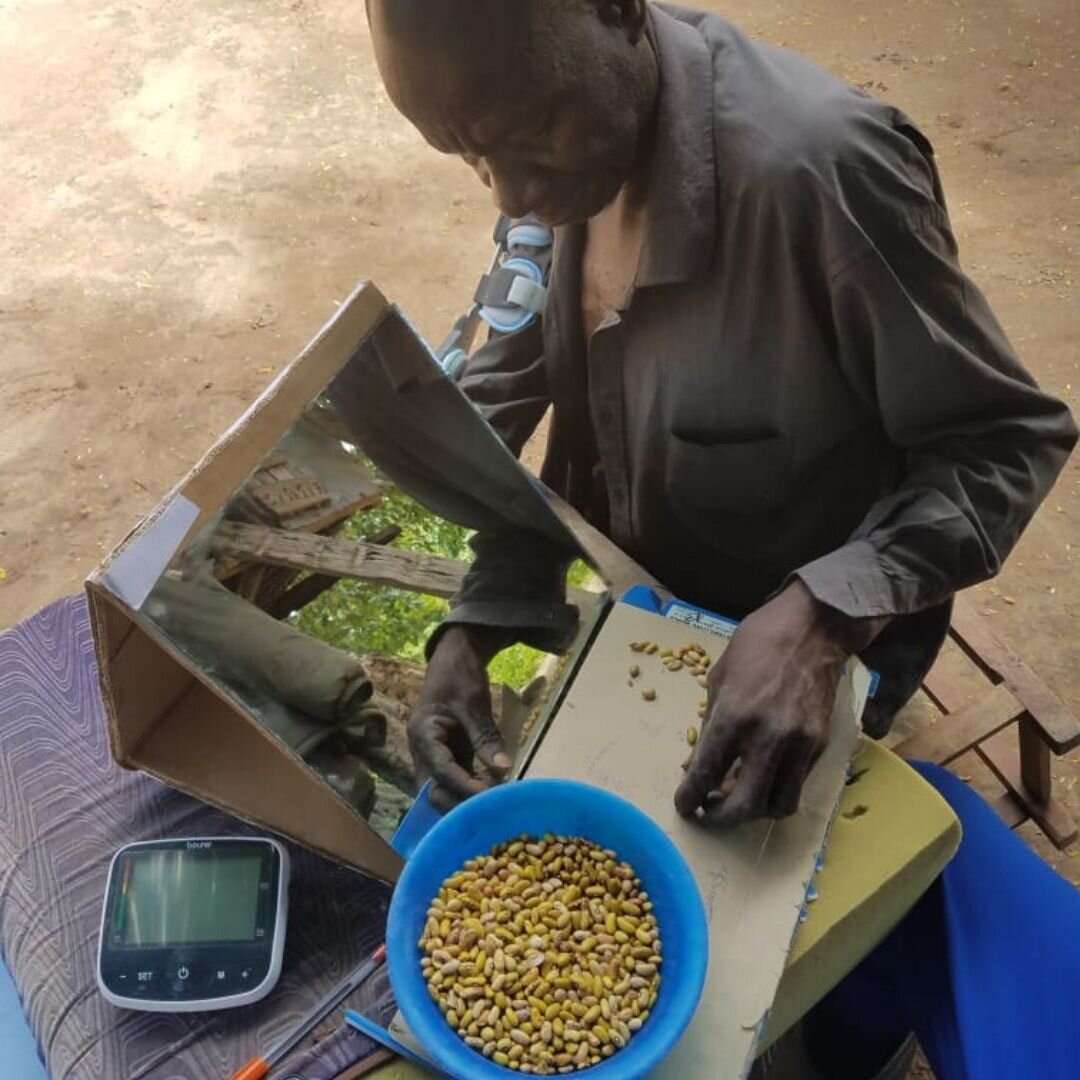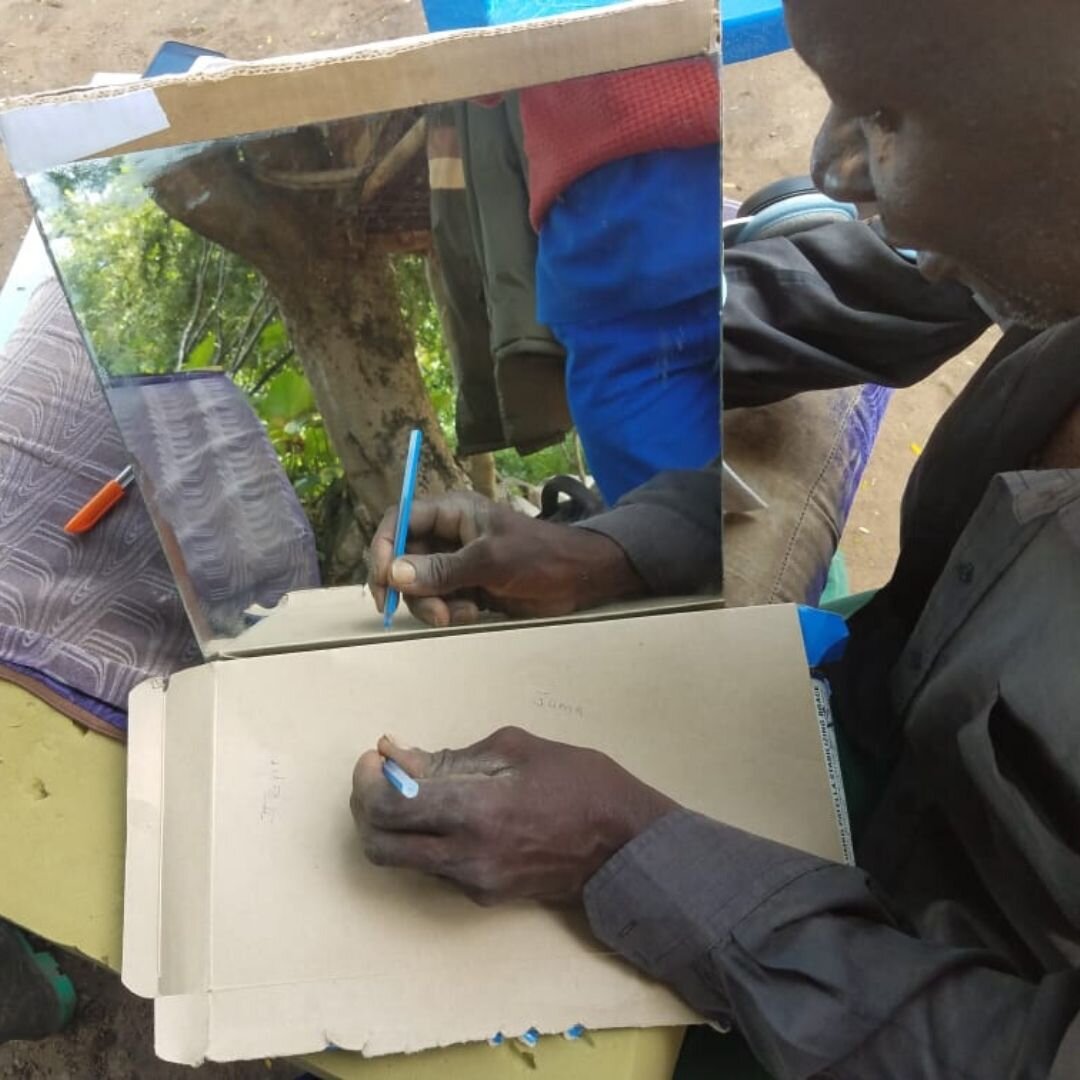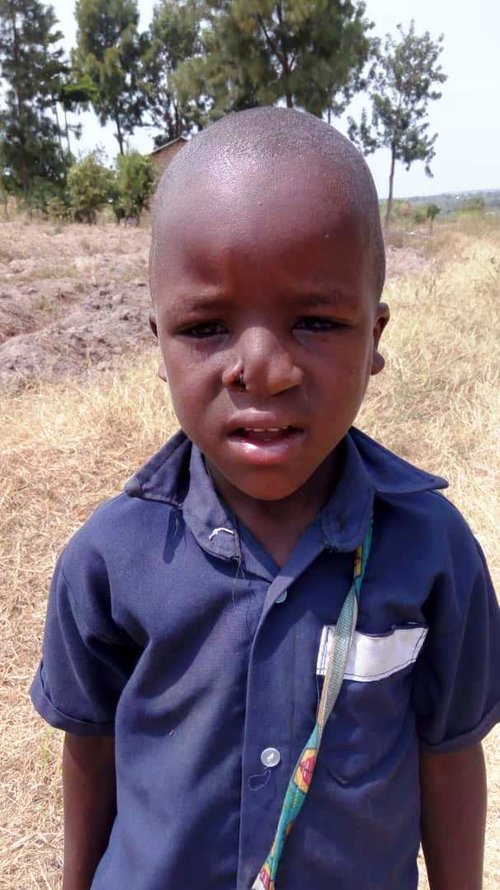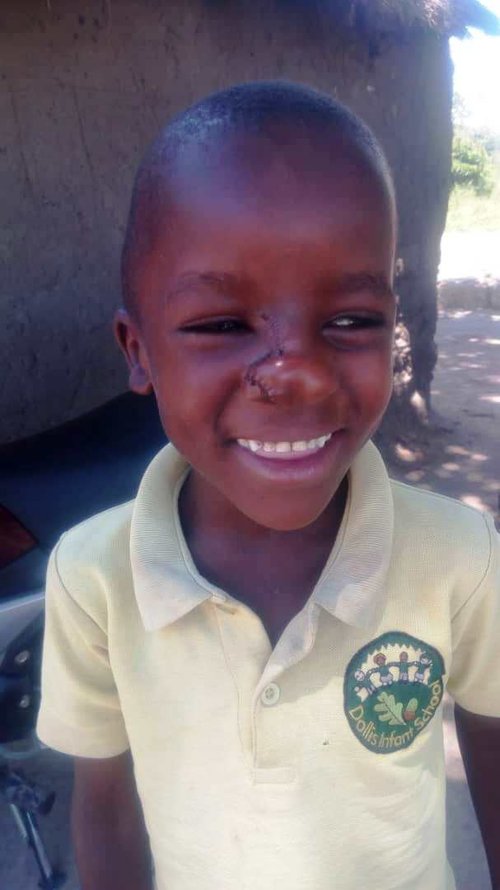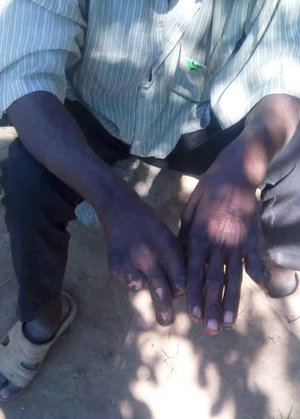The last month has been harder than usual.
I have osteoarthritis - like so many other people get when they age. For me, that meant a herniated disc and compressed nerves that threatened my long-term mobility. Worst case scenario, if nothing was done and it was allowed to progress further, it could have left me double incontinent and/or paralysed from the waist down. Not a fun prognosis.
Major surgery ahead, taking the bad parts out, fixing those bits that could be fixed, and stabilising the rest with a couple of screws and rods.
I spent 1 week in hospital. I had physio in the hospital from day one - it was not easy, and I may have said a bad word here or there - but I am sure it is the reason I could walk home (even if it was slowly) just 6 days later.
After two weeks, I was back driving, and now 4 weeks later I am back full-time at work.
I still have a lot of rehab to do. Some days it is hard. I have to dig deep to find the strength and the willpower to get on that treadmill or do those exercises. It is hard. I am having a tough time. Yet I am grateful.
Why am I grateful?
Through my work in Tanzania, I see and hear stories about people. I get to meet people in person when I travel across. Some of these people are doing it really tough. They could only wish to have access to medical care like I had. But they don’t.
On my last visit to Tanzania, I met this boy. I took this picture.
Look at his spine. This boy has severe kyphosis caused by spina bifida - a birth defect happening in the uterus. This has caused several issues, amongst others the extreme curve in his spine. The curve is slowly increasing pressure on his lungs… There is no good ending to that.
We see many cases like this where we work in Tanzania. The proportionally higher occurrence is due to a lack of a good nutritious diet for the mother during pregnancy. The deficiencies of vital minerals and vitamins can lead to severe disabilities. Spina Bifida is one of them.
We are working on getting help, not only to this boy but also to the rest of the 35,000 people we are delivering services to.
If you want to help, please donate now.
You can also get your workplace to partner with us on a project. We have a whole catalogue to choose from.
Download it here:
